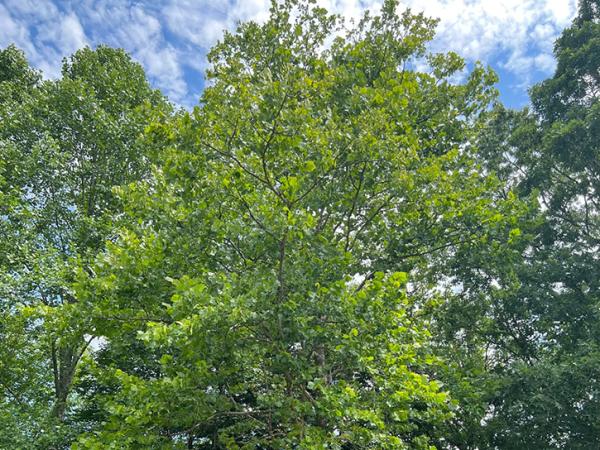| Study Dates | 1991-1992 |
|---|---|
| Region | Harvard Forest, MA Blackhawk Island, WI Howland, ME Gainesville, FL Jasper Ridge, CA Dunnigan, CA Pleasant Grove, CA |
| Data Types | Leaf Level Chemistry Seedling Canopy Level Chemistry Plot Level Chemistry Leaf Spectra Seedling Canopy Spectra Plot Spectra Seedling Architecture |
| Scientific Topics | Canopy Characteristics Climate Indicators Nitrogen Vegetation |



ACCP
The Accelerated Canopy Chemistry Program (ACCP) was an investigation to determine the theoretical and empirical basis for remote sensing of nitrogen and lignin concentrations in vegetation canopies of different ecosystems.
The ACCP data consist of images from the Airborne Visible InfraRed Imaging Spectrometer - Classic (AVIRIS-C), laboratory chemical analysis of field samples, laboratory spectra and chemical analyses from several mini-canopy experiments, and canopy modeling data.
Principal Investigator
Partners
Data Centers
In the autumn of 1991, the High Resolution Imaging Spectrometer (HIRIS) was de-selected for NASA's Earth Observing System (EOS) program. However, the EOS Investigator Working Group (IWG) had determined that the potential for high spectral resolution remote sensing to estimate nitrogen and lignin concentrations in vegetative canopies, and from these, rates of ecosystem function, was not addressed by other EOS instruments. So, the HIRIS Science Team used its remaining funding to clarify the scientific validity of this application, forming the Accelerated Canopy Chemistry Program (ACCP).
The following resources provide additional information about the ACCP campaign.